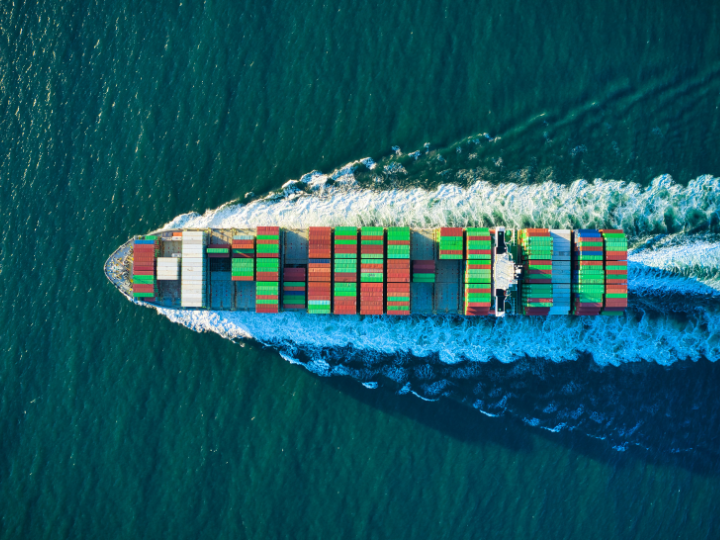by Mirek Dusek*
2,500 kilometres – a drive from Astana to Almaty and back (or from Madrid to Copenhagen) – is the average distance that can be saved by using the Middle Corridor to transport goods from China to Europe and vice versa, when compared to the Northern Corridor cutting through Russia. The Middle Corridor has been an important economic artery through Eurasia for millennia, facilitating commerce and fostering cultural exchange.
Countries along the corridor and businesses engaged in trade between Europe and Asia have reason to be excited about the opportunities that the Middle Corridor presents. After all, trade between China and Europe is valued at $600 billion a year. Cutting through Central Asia, the Caspian Sea – the largest lake on the largest continental landmass on earth – and the South Caucasus, the Middle Corridor is the shortest route from China’s Pacific coast to Europe.
This route has the potential to reduce journey times by several days. Freight transported from Shanghai to Europe could take 10 days along the Middle Corridor, compared to up to 20 days on the Northern Corridor or 45 to 60 days by sea. Apart from its time-saving benefits, the Middle Corridor could also boost trade among transit countries, strengthen regional integration and promote economic diversification.
The Middle Corridor grows in popularity
The numbers speak for themselves. In 2022, the route saw record growth, with the volume of cargo transportation increasing by two and a half times to 1.5 million tons. In the first quarter of this year, the volume of railway freight increased by over 60% to 433,000 tons. While these numbers and developments are highly encouraging, one needs to highlight that trade through the Middle Corridor currently represents less than 10% of total cargo transported via the Northern Corridor.
To realize the full trade potential of the Middle Corridor, the existing parts of the route must be revamped and new investments for a future-proof transport route are needed. Leaders from the public and private sectors need to work together to address limitations in terms of soft and hard infrastructures and place a special focus on green and digital transitions.
An appetite for investment
The appetite in the countries on the corridor for these investments is clearly there and important steps have been taken to leverage the route’s potential. At the ministerial meeting on Trans-Caspian connectivity in Aktau in November 2022, participants signed a roadmap to increase the throughput capacity of the Middle Corridor to 10 million tons per year by 2025. At the same time, effective public-private partnerships are being forged with European logistics companies, such as Denmark’s M?rsk, Austria’s Rail Cargo Group, Finland’s Nurminen Logistics and the Dutch Rail Bridge Cargo, all taking actions aimed at increasing cargo turnover along the route.
It is critical that the intended upgrades on the corridor’s physical infrastructure make use of the digital and green transitions.
For the largest transport segment along the Middle Corridor railways are the main means of transport. As both the public and the private sectors aim to expand and rehabilitate the railway infrastructure, it is crucial that these railway connections are electrified to ensure a net-zero rail network. For the shipping of cargo through the Caspian Sea, increased investment in clean energy technologies and associated infrastructure will be essential to decarbonise shipping. With its Getting to Zero Coalition, the World Economic Forum is working with around 200 stakeholders from across the shipping and fuels value chain towards the aim of net-zero shipping.
Soft infrastructure also needs to be addressed. Customs procedures will need to be harmonised and simplified to make the route more attractive for new partners. Taking advantage of the digital transition will be key here. The introduction of electronic queues at checkpoints and seaports to reduce waiting times at borders or the introduction of electronic transit documents are examples of the removal of non-tariff barriers. It is a promising sign that representatives from the Middle Corridor countries are already aiming to ease these barriers to trade.
The opportunities are immense and the will from public and private actors is clear. It is time to move the Middle Corridor from pathway to highway.
*Managing Director, World Economic Forum
**first published in: Weforum.org




 By: N. Peter Kramer
By: N. Peter Kramer
